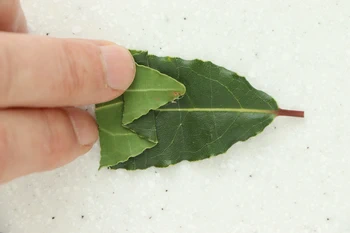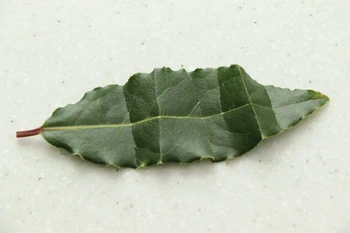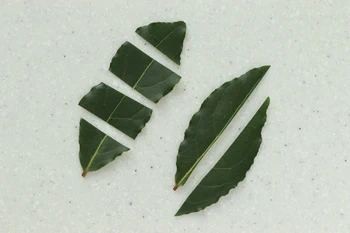Add a bay leaf

Bay leaf: small in size, but big in flavor. You'll find it in hundreds of recipes, and it's often added to cooking meat, in a sauce or broth, usually accompanied by other herbs or products. It's a staple of Provençal, Mediterranean and Oriental cuisine, but not the only one.
Usually, in a recipe, it's a single line such as "Add a bay leaf...", which we tend to follow to the letter and therefore throw the leaf in question into the pan, but is this the right method?
Usually, in a recipe, it's a single line such as "Add a bay leaf...", which we tend to follow to the letter and therefore throw the leaf in question into the pan, but is this the right method?
5,019 5/5 (6 reviews)
Keywords for this post:LaurelLeafBrokenSauceTasteTipTrickFoldingLast modified on: July 31th 2025
Add a bay leaf
Well, actually, it's not a very good method to simply add it. Of course, you have to put the sheet on, but there's a little gesture beforehand that changes everything.
data-ligne="If you add it as it is, as in this photo, it will of course add flavor, but not that much, because the whole leaf "encloses" this famous flavor a little.|/images/blog/laurier-brisees-1.webp|lefeuille de laurier intacte|d "


To improve this addition of bay leaf, it's best to first break the leaf by folding it back on itself, a little like an accordion...

... and only then add it to the recipe.
In this way, we reproduce a fairly classic trick with this gesture: smell a bay leaf, it smells a little, break it between your fingers and smell again, you'll appreciate the distinct difference.
Note, by the way, that you can't eat a bay leaf, it just gives a taste, and must be removed afterwards, so it's best not to cut it, or to cut it lengthwise or in fairly large pieces, which are easier to remove.

To sum up: always break a bay leaf before adding it to a recipe, as the taste will be much better than with an intact leaf.








